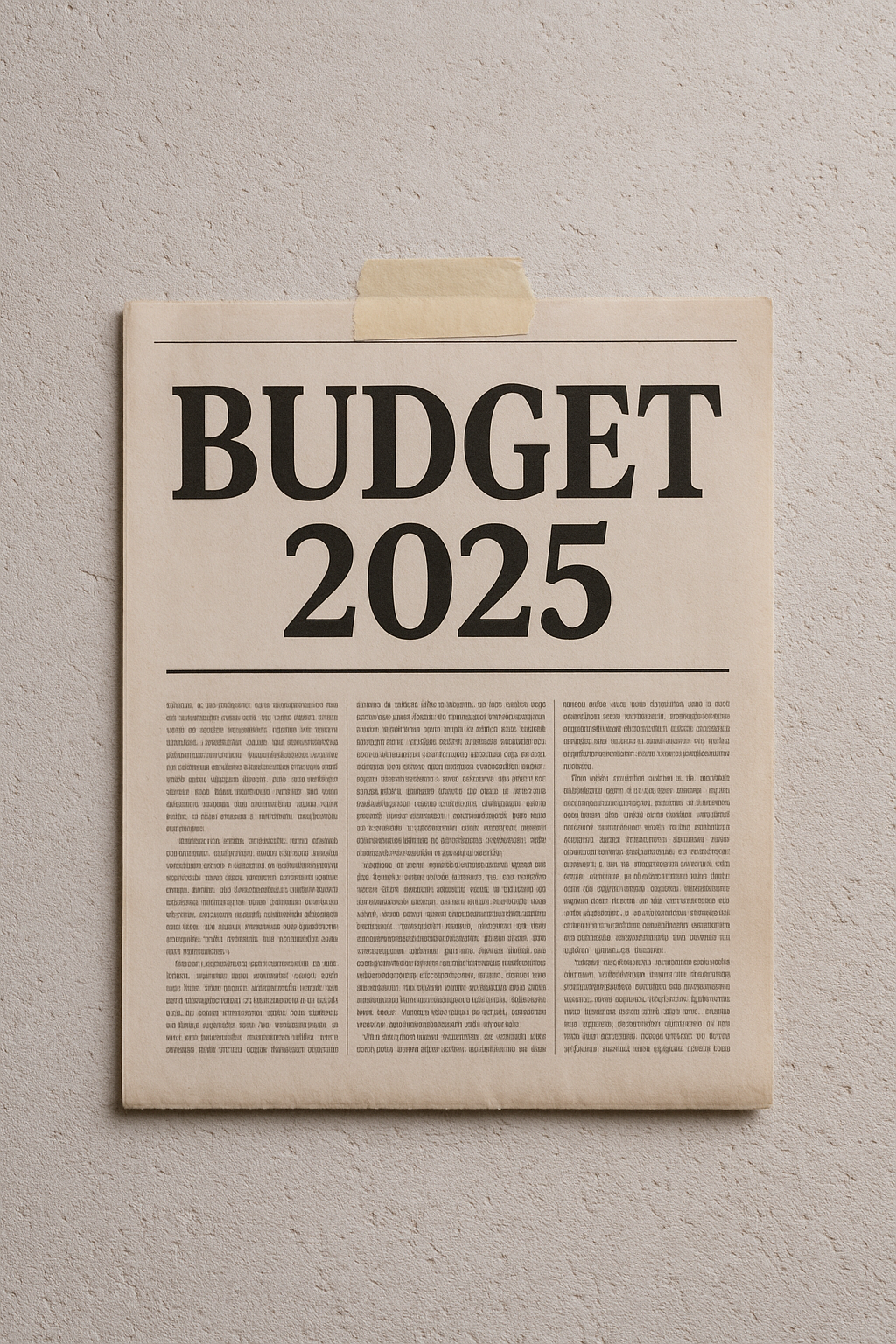R&D Tax Credits: Where Innovation Goes to Die… Slowly, Painfully, and Under a Pile of Paperwork
Gather ‘round, innovators of the UK, and let me tell you a tale about the once-glorious R&D tax credits regime. It was a system that was meant to ignite the fires of invention. To nurture the next wave of life-changing breakthroughs. And to shower businesses with tax relief for daring to think outside the box. But, alas, nearly 25 years later, that once-inviting box is now an iron cage of bureaucratic nonsense. Innovation is being slowly strangled by red tape and HMRC’s suspicions of “you must be up to no good.”

Nigel Layton has taken a brave stance as Partner and Head of Pharma & Life Sciences at Forvis Mazars. He calls out the R&D tax credit regime for what it’s become: a sad, broken relic of its former self. And who could disagree with him? After all, when you’ve got a system designed to encourage invention, but it’s now treating everyone like they’re auditioning for Ocean’s Eleven: Fraudulent Tax Claims Edition. It’s hard to say it’s still “fit for purpose”.
Fraud, Fraud Everywhere - and Not a Claim to File
Let’s start with the juicy bits. In a recent report, HMRC revealed that since 2020, the UK has hemorrhaged £4.1 billion due to fraud through the R&D tax credit regime. Cue the dramatic gasps and pearl-clutching from the folks at HMRC, who naturally responded with, “We must tighten the reins and introduce more rules! More paperwork! More delay tactics!” Thus, they unleashed an army of enhanced scrutiny. An army designed to smoke out the fraudsters. However, in the process, they left legitimate claimants, especially small and medium-sized businesses, trapped in a never-ending vortex of “please hold.”
Now, don’t get me wrong. No one’s pro-fraud (well, except maybe fraudsters, but they’ve got other tax-free priorities). But in the grand tradition of bureaucracy, HMRC’s solution to a problem that impacts some businesses has, in turn, punished all businesses. It’s a bit like catching one pickpocket in the neighbourhood and then locking down the entire city. Need to claim your R&D credits because you’ve actually done, you know, research? Good luck. Here’s a nice fat pile of extra paperwork, along with a side of “wait times that’ll make HMRC’s call service look efficient.”
SME Claims: A 23% Drop - Coincidence? I Think Not
The result? Unsurprisingly, SMEs are waving the white flag. A 23% decline in R&D claims from small businesses speaks volumes. And no, it’s not because they’ve stopped innovating or suddenly found better things to do with their time (like becoming professional hold music connoisseurs). It’s because the system has become so unbearably complex. Even the most determined innovators are thinking, “You know what? Forget it. We’ll just invent stuff without the tax break.”
Of course, the government’s going to spin the rising value of individual claims as a win. But let’s be real: when the only businesses left standing are the ones with entire departments dedicated to navigating HMRC’s labyrinth of red tape, something has gone very wrong. SMEs – the ones who need the tax relief the most – are being locked out of a system that was literally designed to help them. It’s like giving someone a key to the city but then hiding the city in an impenetrable fog of regulations and vague qualification criteria.
From Encouragement to Deterrent: Mission Unaccomplished
Once upon a time, the R&D tax credit scheme was about one thing: growth. Encouraging innovation. Supporting businesses that dared to push boundaries. But now? It’s more of a deterrent. The message has shifted from “go forth and create” to “wait, but first, prove you’re not a crook, fill out this 50-page form, and hang tight for a few years while we review it.” Even if you’re lucky enough to dodge the scrutiny bullet, the delay in relief means that businesses are left in limbo. They are unsure of whether they can actually afford to take risks on new ideas.
So, what’s Layton calling for? He’s calling for a good old-fashioned reassessment. Let’s get back to basics, people. Clearer qualification criteria, less suspicion, and more focus on, oh, I don’t know, actually encouraging innovation! To stop playing this never-ending game of “gotcha” with companies that are just trying to invent the next big thing. Or at least keep their heads above water.
The Future of R&D: Less Red Tape, More Innovation (Please?)
The bottom line is that if we want to restore the R&D tax credit regime to its former glory. To no longer have the gloriously ridiculous spectacle it’s become. We need to shift the focus back to what matters: fostering growth, encouraging innovation, and making the UK a place where businesses can thrive. Where they don’t have to jump through flaming hoops of bureaucratic despair.
Otherwise, the only innovation left in the UK will be in finding new ways to endure HMRC’s relentless barrage of forms, inspections, and hold music. And while that might make for a brilliant black comedy, it won’t do much for the economy.
So, here’s to hoping that common sense prevails. That the R&D tax credit regime once again becomes a beacon of hope for innovators, rather than a trapdoor leading straight to administrative hell. Because if the UK is going to keep its place at the forefront of global innovation, it’ll need more than just paperwork and paranoia – it’ll need a system that actually works.
Disclaimer: No bureaucrats were harmed in the making of this article. They were, however, put on extended hold and tagged for an intense follow-up audit to commence one week after being approved.





Leave A Comment